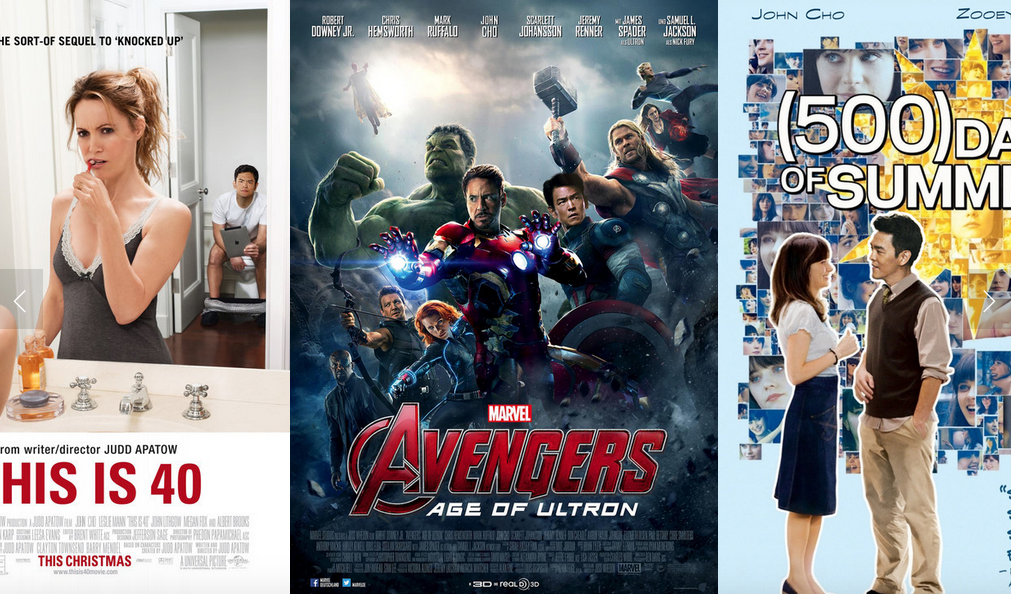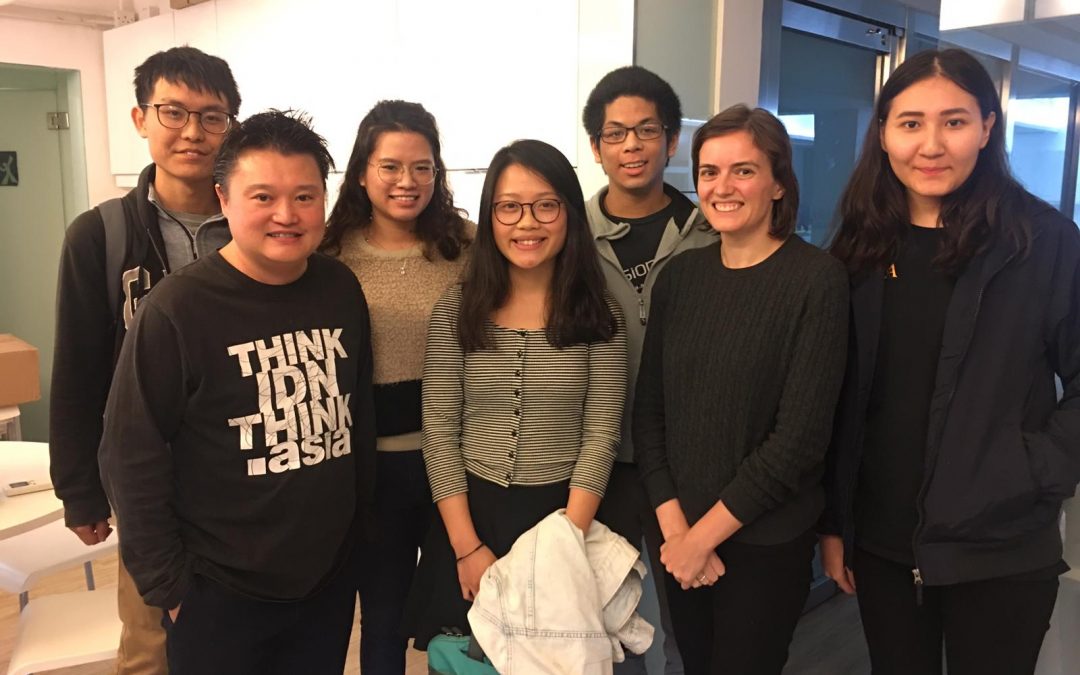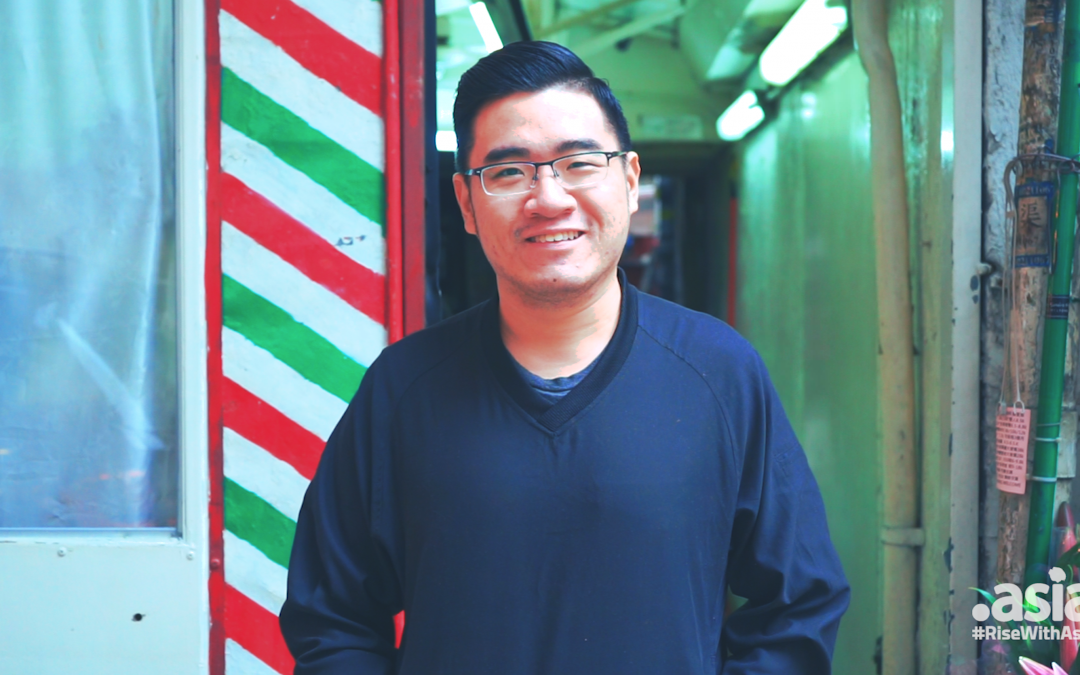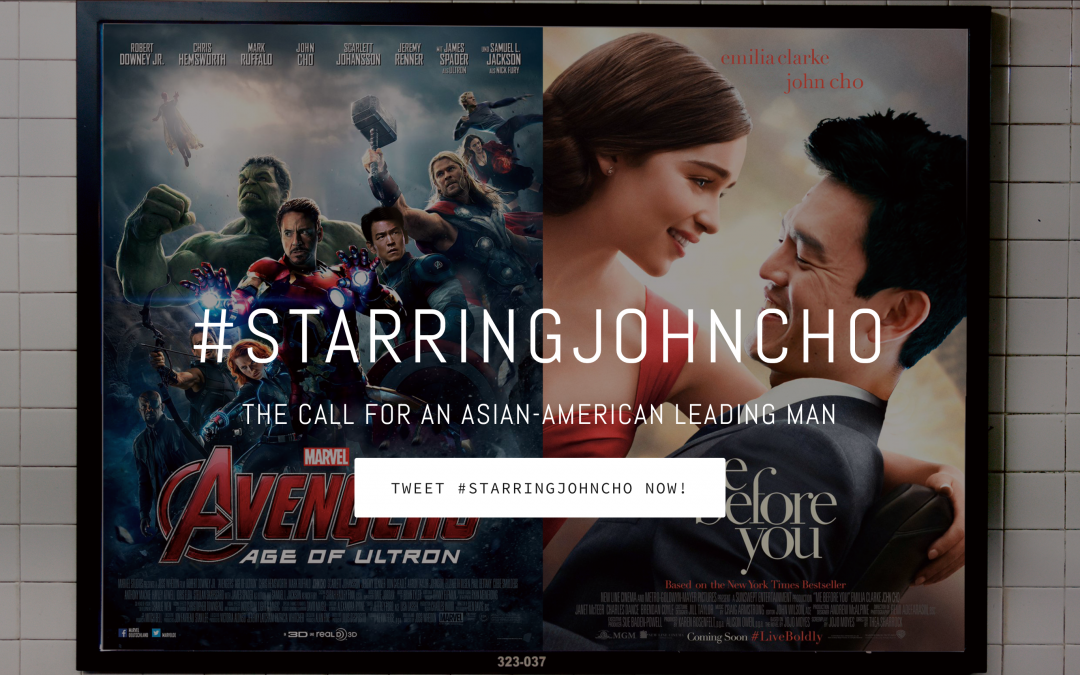(Image credits: #StarringJohnCho images and movie mockups originate from http://starringjohncho.com/)
With 2018 being a banner year for Asian representation in media, 2019 is gearing up to be a blockbuster sequel. Promoting inclusion and representation in mainstream media is a job that is never really finished. For decades Asian-American actors and actresses have worked hard to gain the opportunities in front of the camera that is now giving rise to the more realistic portrayals of Asian-Americans in television and films. However, equal representation is still a far ways off. In the past few years, we’ve seen amazing, creative examples of ways to draw attention to and encourage dialog around representation.
It’s important to note why Asian representation in television and film is worth discussing, which helps to explain the passion behind some of these projects that highlight the issue. First, we know from recent studies at the University of Indiana how media representation of characters can affect children’s self-esteem. Seeing someone who looks like you, that shares your culture in a television show or movie can have a large impact on impressionable children who are constantly scanning their environment for clues to how the world works and their role in it. When on average Asians make-up one percent of lead roles and around five percent of speaking roles, we have to ask how this impacts Asian-American kids growing up consuming this media. What message are we sending?
Some are finding subtle and not so subtle ways to prompt a discussion around Asian representation in film. We’ve seen more and more of these examples in the past few years. Individuals who recognize the issue, want to see change and come up with thought-provoking ways to kickstart the conversation. Late last year we saw Jehv Maravilla and his friend Christian Toledo secretly hang up a poster featuring themselves in a Pearland, Texas McDonald’s after noticing a lack of Asian representation in McDonald’s marketing materials. Another example is the ‘Starring John Cho’ campaign started by a young professional named William Yu.

William Yu was not alone in noticing a distinct lack of Asian’s in lead roles, but William decided to do something about it. Yu started #StarringJohnCho, a project that took big-budget Hollywood movies and using Photoshop replaced the lead actor with Asian-American actor John Cho. Visitors to Yu’s website were treated with the visual experience of seeing what their favorite Hollywood movie would look like with an Asian-American in the lead role. The project caught on and gained a ton of notoriety and press coverage, bringing attention to this important conversation in a unique and creative way.
We think one of the most exciting things about William Yu’s project is that it inspires others to step up and take action. His example encourages others to think outside the box, take ownership in changing their world and engage in these important conversations. We are likely to see several more of these unique and creative examples in 2019 and with each one another step forward for Asian representation.
One creative way to highlight and engage in conversations regarding Asian representation online is to use a .Asia domain. The .Asia team has been helping the global Asian community share their story for over a decade. Big brands and many Asian communities world wide already choose .Asia to represent themselves online we hope you will too.
This.Is.Asia Newsletter Issues
No Results Found
The page you requested could not be found. Try refining your search, or use the navigation above to locate the post.

.Asia 的一带一路丶一域中的
2019 年第四个月份,DotAsia 收到了中国工业和信息化部(MIIT)的好消息,.Asia 域名已获得中华人民共和国工业和信息化部(MIIT)的认证,.Asia 域名将再次在中国市场推出 。 中国是 .Asia 重要的服务市场,随着一带一路意味着互联互通,互相贸易丶互相分享,互相关爱,中华民族五千年文明史上从未如此跟世界紧密连接过,随着国际互联网增长迅速,...

Rise of E-Commerce in Asia creates plenty of opportunities
E-Commerce in Asia-Pacific is not showing any signs of slowing down. Over the past decade it has outpaced the global average and according to the Asia-Pacific B2C E-Commerce Market 2018 report, over 50% of global online retail sales stems from the Asia-Pacific region....

A new horizon as the NetMission Academy comes to a close
After a series of intensive training sessions our inaugural edition of the NetMission Academy now draws to a close. Many thanks to all of our guests, which included those from major private sector players such as Google and Afilias, community representatives of ISOC,...

OiKwanBarbers.asia – A Preservation of Traditional Barber Service for Asians
How important is it for Asians to get haircuts from Asian barbers? For many living abroad the answer would be VERY IMPORTANT. The qualities of an individual's hair can vary greatly from person to person, and it is commonly said Asian hair has different qualities to...
